A CMDB (Configuration Management Database) is the centralized repository that records all assets, configurations, and their interdependencies in the IT environment, and in particular, in the data center. This article explores how the CMDB directly impacts the operational efficiency of a data center: from asset visibility and control to automation, change management, and fault reduction. We show why it is strategic, what challenges organizations face, and how to implement it successfully.
Thus, the text seeks to reinforce that CMDB allows complete visibility and mapping of dependencies in the data center to make faster decisions, and how CMDB integrates with initiatives such as ServiceNow and ITOM to increase efficiency and reduce costs.
What is CMDB in a data center?
A CMDB is a repository that brings together, in a structured way, all the Configuration Items (CIs) of an IT environment, including hardware, software, network, storage, and their relationships. In a data center, this means having control over servers, racks, switches, power systems, cooling systems, and their dependencies.
Why CMDB is fundamental to data center operational efficiency.
In a data center, the complexity of assets and relationships is high and growing rapidly. Without a well-structured CMDB, you face: frequent failures, low visibility, slow decision-making, and high operational costs.
CMDB offers:
- Complete visibility of assets and their interactions, allowing you to understand the impact of any change.
- Automating change management, incident handling, and problem resolution processes, reducing rework and downtime.
- Reliable data for capacity planning, compliance, and auditing.
Furthermore, by adopting best practices (data governance, discovery automation, ITOM integration), the CMDB ceases to be a mere information repository and becomes a strategic asset.
What are the main components that a CMDB should include in a data center?
To ensure efficiency, your CMDB should cover Hardware, Software and licenses, Network infrastructure, Dependencies and relationships between CIs, Lifecycle data and histories, Integrations with automatic discovery systems and ITOM tools.
Common challenges in implementing a CMDB in the data center.
Despite the benefits, many organizations face obstacles. Among the implementation challenges, the main ones are:
- Outdated or incomplete data, making CMDB unreliable.
- Lack of automation in the collection and updating of CIs, which generates rework and errors.
- Multiple disconnected data sources make unification and standardization difficult.
- Lack of governance and clear processes (who feeds, reviews, approves), in other words, the CMDB becomes a "data dumping ground".
- Scalability and support for cloud/hybrid infrastructure, which broaden the scope of CMDB.
Best practices to ensure that CMDB drives operational efficiency.
To move from being a "data repository" to a "strategic asset," follow these best practices:
- Establish clear governance: CI owners, update policies, audit frequency.
- Automate the discovery and updating of CIs, reducing human error and ensuring frequency.
- Prioritize data quality: eliminate duplicates, standardize attributes, maintain consistency.
- Integrate CMDB with ITSM/ITOM (change, incident, problem) processes to generate operational value.
- Establish CMDB maturity KPIs (accuracy, coverage, average update time) and monitor them.
- Adapt it for hybrid and multi-cloud environments, ensuring complete visibility.
How does CMDB integrate with efficiency and innovation initiatives in the data center?
Beyond basic operations, CMDB enables advancements in capacity planning and resource optimization, and supports automation and AI, with impact analysis, anomaly detection, and predictive maintenance. It also integrates with compliance, auditing, and security, allowing for the tracking of licenses, critical dependencies, and vulnerabilities. This makes it possible to reduce company costs, with fewer unplanned failures, shorter recovery times, and lower operational expenses.
Read also
Unraveling the CMDB: A Complete Guide to Implementation
How does CMDB help simplify IT operations?
CMDB and CSDM: the basis for strategic IT management
FAQ – CMDB and data center
Q: How long does it take to implement an efficient CMDB in the data center?
A: It depends on the organization's maturity, the complexity of existing assets and processes, but typically within a few months with well-defined governance and automation.
Q: Does CMDB replace other inventory or monitoring tools?
A: Not exactly — it complements these tools, serving as the "single source of truth" for CIs, integrating with inventory, discovery, and monitoring.
Q: How do I know if my CMDB is "broken" or needs revision?
A: Signs include outdated data, many unrelated assets, a high number of change incidents, and a lack of visibility into critical dependencies.
Q: Does the cloud make CMDB obsolete?
A: On the contrary, the cloud increases the need for a robust CMDB, since assets change rapidly and visibility is even more important.
Q: What role does ServiceNow play in this CMDB journey?
A: ServiceNow offers integrated CMDB, ITSM, and ITOM modules, automating discovery, relationships, and change processes, making it easier to get real value from the CMDB.
If you want to transform your CMDB from a data repository into an engine of efficiency and innovation in the data center, contact the 4MATT team. Our strategic approach includes diagnosis, implementation, and governance so that your IT infrastructure operates with true visibility, control, and automation. Talk to an expert Take that step today!.



